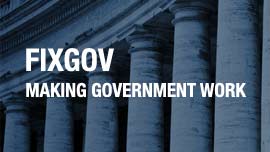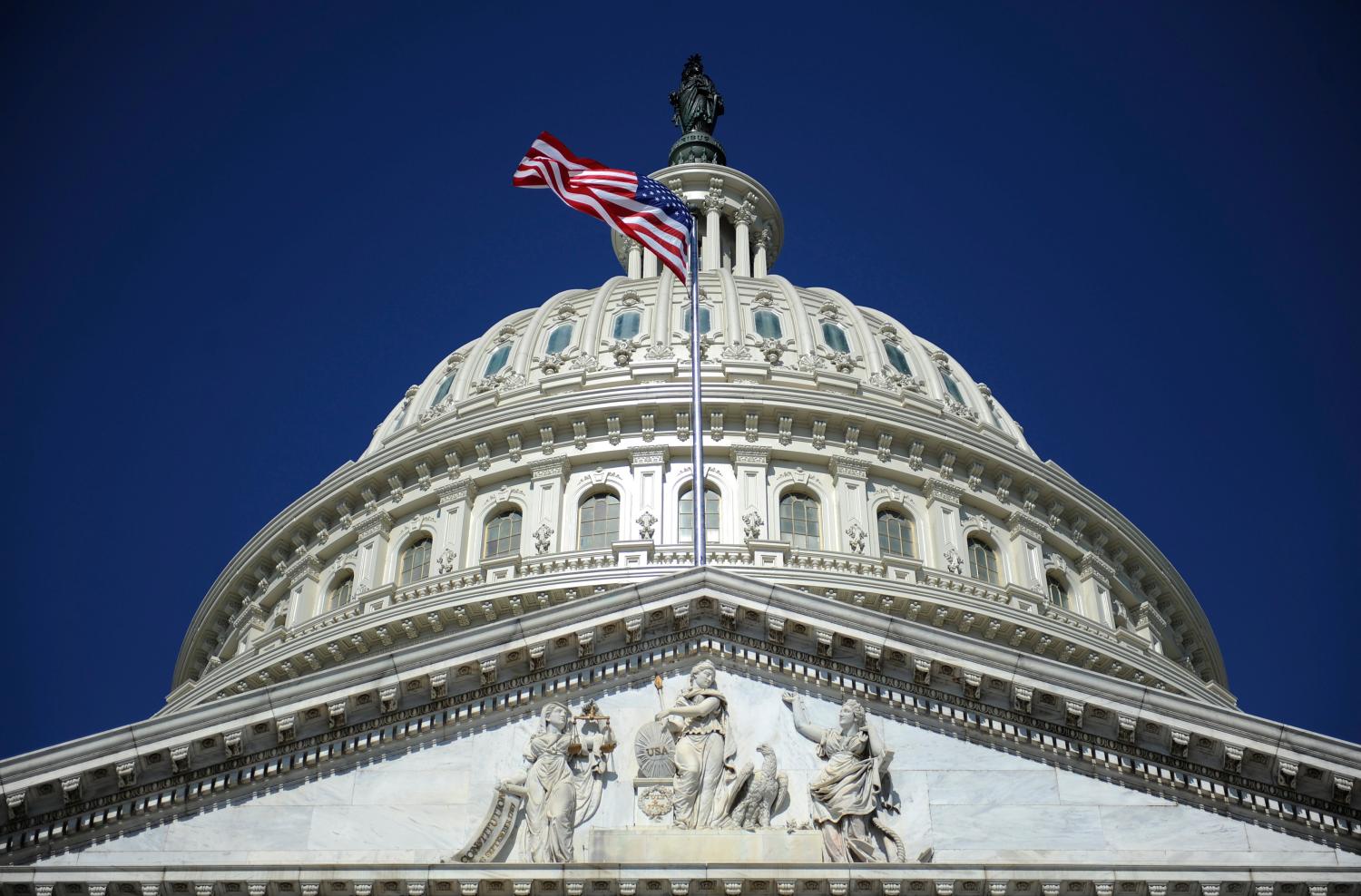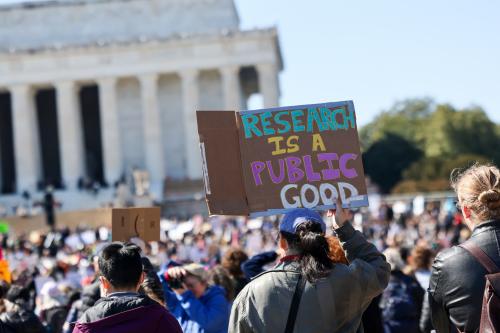In 1968, Professor Michael Lipsky wrote an influential article titled “Protest as a Political Resource,” in which he compared effective and ineffective movements. He argued that successful movements have clear strategic goals, use protest to broaden coalitions, seek to enlist more powerful individuals in their cause, and connect expressions of discontent to broader political and electoral mobilization. Lipsky cited the civil rights movement as a classic example of political activism that met all of those conditions and achieved landmark political and policy successes.
In recent decades, the United States has seen a number of successful protest movements from across the political spectrum that followed the framework outlined by Lipsky. These include the environmental movement, the women’s rights movement, the tax revolt, the right-to-life movement, and the Tea Party, among others. Each had clear objectives, mobilized political support, and passed specific pieces of legislation that codified their policy goals.
On April 5, “Hands Off!” rallies in major American cities drew large crowds of people from all walks of life. According to media reports, there were more than 500,000 protestors in 1,400 locales. The events brought together a broad cross-section of Americans united in opposition to threats to democracy, violations of the rule of law, layoffs and budget cuts at federal agencies without congressional approval, and efforts to undermine Social Security, Medicare, and Medicaid operations.
As a sign of their organic and authentic nature, the protests have grown from hundreds of participants in late March to hundreds of thousands today. The protests mirror trends in public opinion surveys, which show widespread anger over staff layoffs, budget cuts, and violations of legal procedures.
Similar to past successful protest movements, demonstrators have expanded their efforts beyond political rallies to express broader discontent and participate in economic boycotts. In many cities, protesters have regularly targeted Tesla dealerships in response to owner Elon Musk’s involvement in Department of Government Efficiency operations. As a sign of the widespread dissatisfaction, the company’s sales and stock price have declined significantly in recent months.
Several leaders and organizations have joined in expressing their discontent. One of the most notable examples was Sen. Cory Booker’s (D-N.J.) 25-hour speech protesting Trump administration policies. Another promising sign of solidarity came from more than 500 law firms, whose principals signed an amicus brief opposing an executive order targeting specific companies.
However, not all protest movements are successful. Past examples of unsuccessful efforts include Occupy Wall Street and the anarchist-led demonstrations against globalization and free trade agreements. Neither had clear objectives nor were very strategic in building alliances. The violence associated with the anarchists quickly alienated potential supporters who shared concerns about globalization. Meanwhile, Occupy Wall Street organized large rallies but failed to translate its activism into a broader political movement.
It remains to be seen how the anti-Trump protests will develop. As my Brookings colleague Vanessa Williamson has pointed out, higher education leaders need to support one another in order to prevent the administration from targeting universities individually in a classic divide-and-conquer strategy.
One worrisome sign is the lack of solidarity among college presidents protesting attacks on higher education. Princeton University President Christopher Eisgruber and Wesleyan President Michael Roth have garnered attention for their principled opposition to federal government interference in academic affairs. However, many of their colleagues have either remained silent or acquiesced to administration demands to preserve federal grant funding. On some campuses, there has already been a troubling erosion of scholarly independence and academic freedom.
A key ally for current protesters should be the business community, which in many ways has sought to curry favor with the Trump administration and avoid antagonizing the chief executive. Protesters need to persuade business leaders that Trump’s actions are not benefiting their businesses, especially now that he has imposed tariffs on numerous countries, and that his policies threaten the long-term stability of both the U.S. and global economies.
Religious leaders have largely remained quiet about Trump’s actions so far, but they could become a key part of a broader mobilization effort. Churches and synagogues played a vital role in the Civil Rights Movement and should become more active in counterbalancing the evangelicals who support Trump.
The longer-term question is whether these protest efforts will come together and meet Lipsky’s criteria for effective protests. Future developments abroad could shift attention away from domestic affairs, and some demonstrators may become discouraged or move on to non-political pursuits. To succeed in the long term, protest activities must have clear strategic objectives, broaden their coalitions, and develop concrete electoral and political mobilization efforts.
These efforts at bridge-building cannot be short-term. Successful movements of past decades often took months or even years to organize and achieve policy victories. Protest is not an endeavor that delivers immediate results; it requires considerable time, along with patience, perseverance, and courage from all involved. Some protesters believe that tweeting discontent or posting videos on social media platforms constitutes political protest or electoral mobilization. However, effective protests have demonstrated that long-term success involves many steps, from mass protests and political alliance-building to candidate recruitment, fundraising, registration drives, and get-out-the-vote efforts. Anti-Trump demonstrators will need sustained effort to achieve meaningful results.
The Brookings Institution is committed to quality, independence, and impact.
We are supported by a diverse array of funders. In line with our values and policies, each Brookings publication represents the sole views of its author(s).









Commentary
The power of protest in the US
April 7, 2025